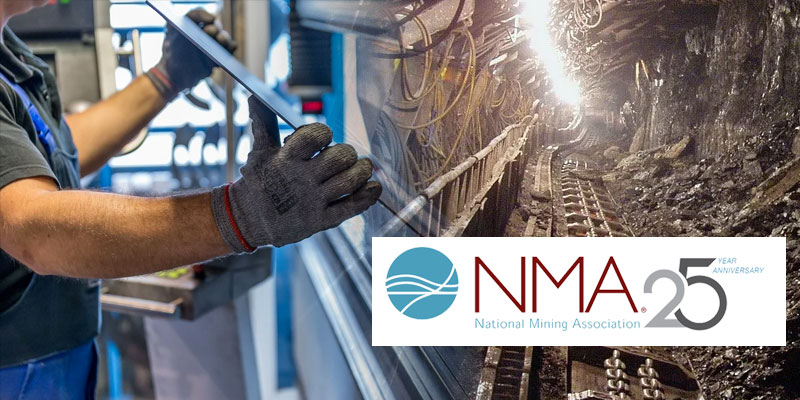The COVID-19 pandemic has sent shockwaves through the global economy. But recovery is on the horizon and one critical industry in Alabama – the metallurgical coal industry – is poised to help lead the way.
When most Americans think of coal, they think electricity, but metallurgical coal – called “met” for short – is used to produce steel. In fact, it’s used to produce 70% of the world’s steel, and the global appetite for steel could be poised for considerable growth.
From China to Europe and here at home, economic recovery is likely to include infrastructure build out. China has already announced as much and China’s steel mills – used to produce nearly half of the world’s steel – are roaring back to life.
Soaring steel production in China is underpinning rising global demand for met coal, a significant amount of which comes from U.S. mines.
U.S. met producers – deemed an essential industry during the pandemic – are ready for China’s big build and for the likely surge in global infrastructure spending as nations look to put people back to work and get the wheels of the global economy moving in the right direction again.
Whether the demand is coming from new roads, bridges or dams, or renewable energy systems or electric cars, the world needs steel and it needs metallurgical coal production. Nearly 1 billion tons of metallurgical coal is used each year to feed the world’s voracious appetite for steel, an appetite only expected to grow.
Urbanization – a trend only accelerating – is driving immense demand for steel all over the world. As Bill Gates observed, when thinking about a global population racing towards 10 billion, “the world’s building stock will double in area by 2060. That’s like adding another New York City every month for 40 years.”
That urbanization – that building and investment in infrastructure – means steel demand is likely to be 1.5 times higher than it is today by midcentury.
Every ton of steel produced requires nearly as much metallurgical coal. Considering that the U.S. highway system alone has required about 6 billion tons of steel, met coal is inarguably essential to the world’s infrastructure future.
It should be no surprise then that metallurgical production remains a growth area in the United States. Warrior Met Coal, based in Alabama, recently announced the construction of a new barge facility to move its growing production to market. In February, the company announced a new $578 million investment in an underground mine that will create 371 jobs.
The U.S. metallurgical industry, like so many other industries, is working to weather the economic shock of the pandemic but it remains a foundational piece of our economy with rock-solid prospects. The nation’s more than 175 met mines directly employ more than 13,000 Americans, providing a key ingredient to build the infrastructure, cities and innovative technologies of today and tomorrow.
As the U.S. and the world get to work on economic recovery, consider the industries, materials and fuels making it happen. The U.S. metallurgical coal industry will quite literally help provide the foundation upon which we rebuild both our infrastructure and our economy.
Rich Nolan is president and CEO of the National Mining Association













